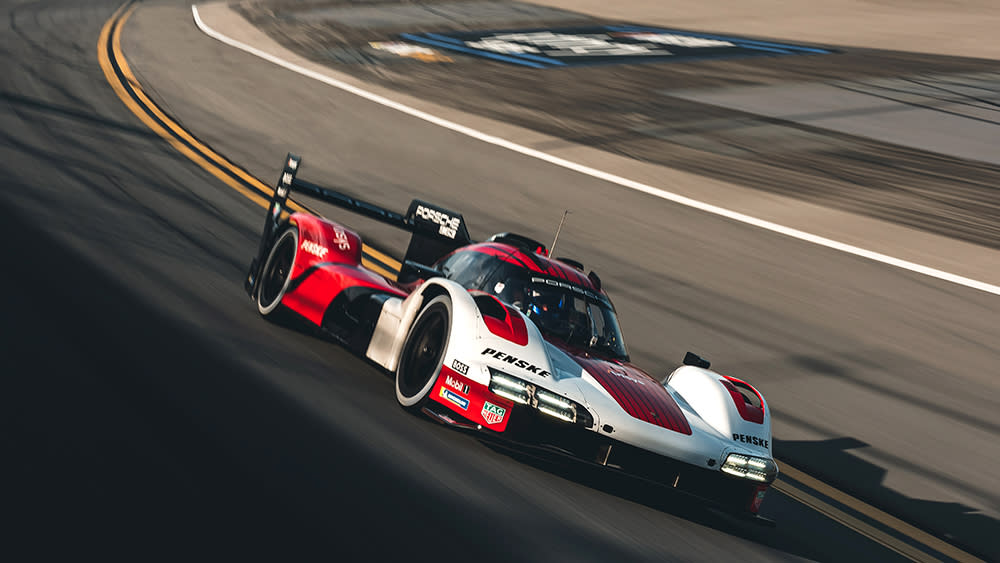Porsche’s New Hybrid Racer Aims to Return the Marque to Endurance Racing Dominance

When Porsche pulled out of the now-defunct Le Mans Prototype 1 (LMP1) division of the FIA’s World Endurance Championship after the 2017 season, it walked away from a reign composed of three consecutive overall titles in four years. Now, though, the marque is on a crusade to crown itself in a new category and with a new car: the Le Mans Daytona hybrid (LMDh) Porsche 963.
Porsche’s return to endurance racing’s highest echelon was pragmatic; the nascent LMDh class is found in both the FIA’s global series and the IMSA SportsCar Championship, in North America. “To make a run for the big trophies in both championships with the same car, that was the main reason to come back,” says Urs Kuratle, Porsche’s director of Factory Motorsport LMDh, citing the resultant “cost efficiencies” of the development process.
More from Robb Report
Car of the Week: This 1987 Porsche 959 Is One of Porsche's First Supercars. Now It's up for Grabs.
First Drive: Porsche's 911 Dakar Is a Dune-Busting Beast That's Refined Enough for Your Daily Drive
Porsche's Newest EV Could Be an Off-Road SUV With a 400-Plus-Mile Range
Adhering to highly standardized performance requirements, the 2,270-pound (minimum weight) 963 relies on the 918 Spyder’s 4.6-liter V-8 engine—twin-turbocharged here, rather than naturally aspirated—and an 800-volt electric system that combine for a total of about 680 hp. The power train, which includes a sequential seven-speed transmission, enables the $2.9 million racer (the price includes tech and engineering support for privateers) to exceed 205 mph.
Development took about two years from initial conversations to completion, which is impressive considering the number of players involved. LMDh regulations mandate that the chassis comes from one of only four manufacturers—Multimatic, Dallara, Oreca or Ligier—of which Multimatic was Porsche’s pick, as were Xtrac for the gearbox and Williams Advanced Engineering and Bosch for the electric system’s primary components, to name a few. The automaker even paired with racing luminary Roger Penske to campaign under the joint Porsche Penske Motorsport banner.

Kuratle admits that this collaborative approach was one of the greatest challenges. “I was personally involved in programs where we did most everything in-house, including Formula 1,” he says. “Now, by nature of the program… that became one of the most difficult things to orchestrate, that whole landscape of partners.”
The new car is as sleek as its supply chain is elaborate. With an exterior that draws from the 956 and 962 racers of the 1980s, the 963 eschews superfluous aerodynamic accents to reduce the chance of damage from contact—especially important considering the 61-car field of its debut race, the Rolex 24 at Daytona back in January.
Both 963s had operational issues, with only one finishing behind class examples from Acura, Cadillac and BMW. “We learned a lot, which we will now consistently implement,” said Kuratle in the team’s official post-race statement. There’s no doubt of that. As he told Robb Report just prior to the competition, “If you’re racing Porsche, you have to win.”
Best of Robb Report
The 2024 Chevy C8 Corvette: Everything We Know About the Powerful Mid-Engine Beast
The 15 Best Travel Trailers for Camping and Road-Tripping Adventures
Sign up for Robb Report's Newsletter. For the latest news, follow us on Facebook, Twitter, and Instagram.

